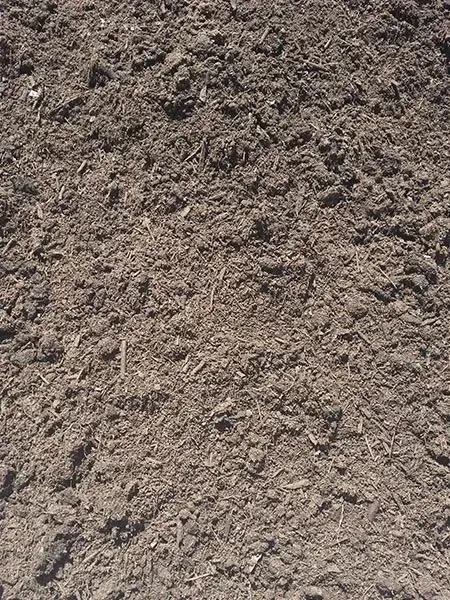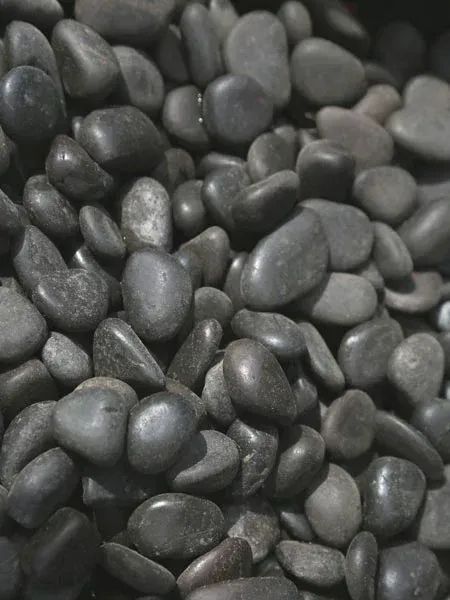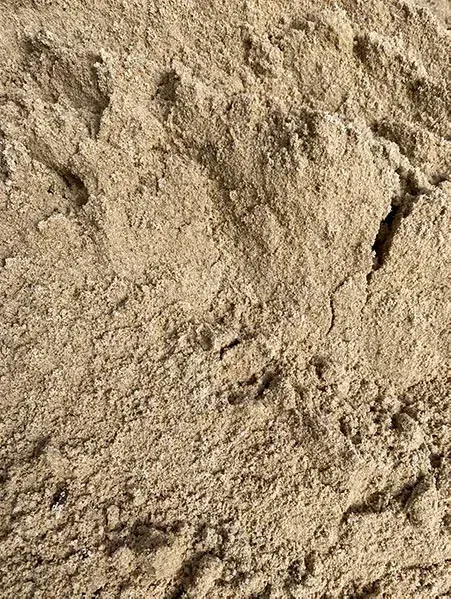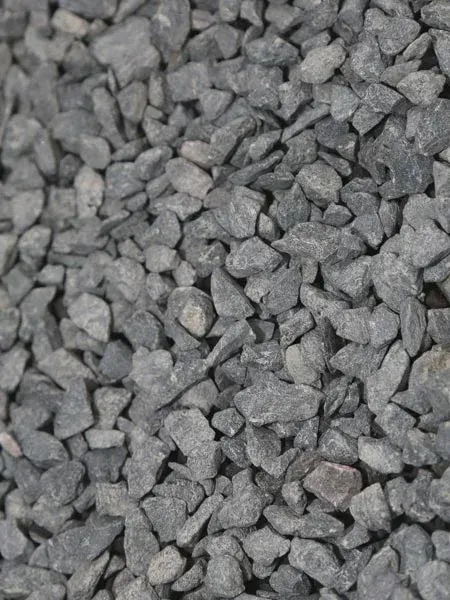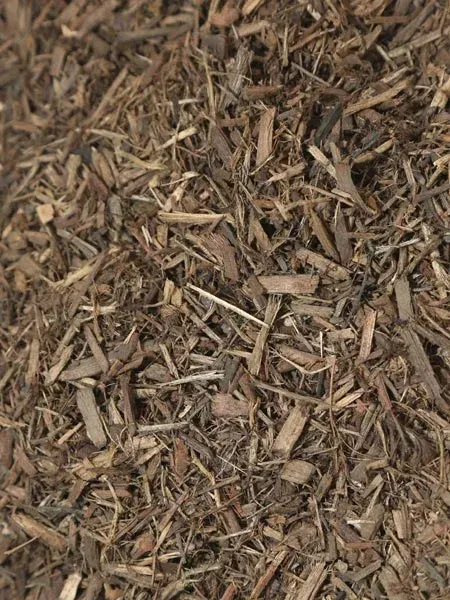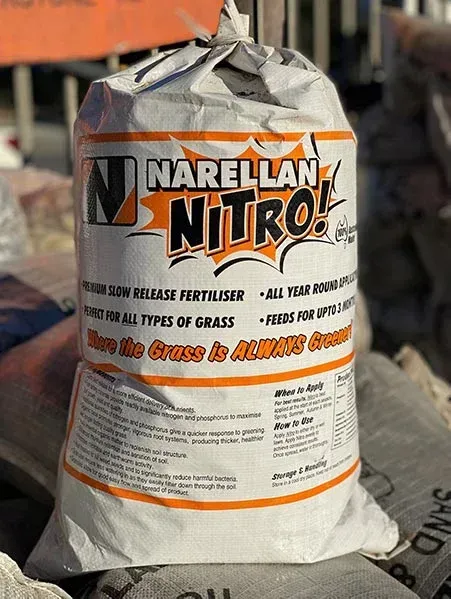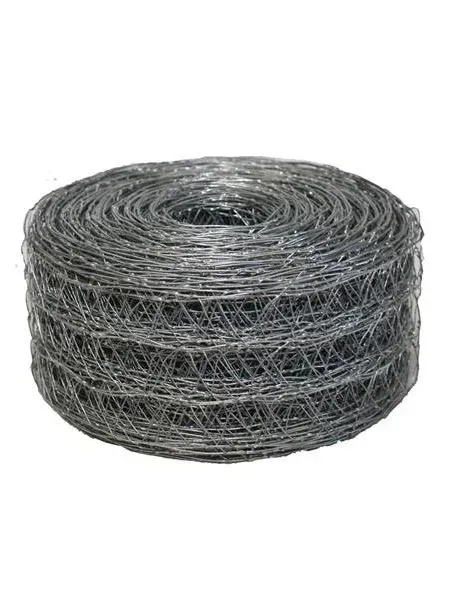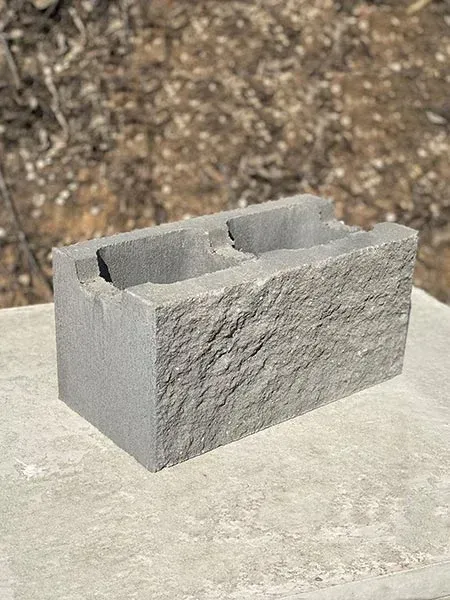Pavers and slabs: understanding the distinctions
When it comes to landscaping or outdoor flooring options, two popular choices are pavers and slabs. Both serve as durable and versatile surfaces, but they have some key differences that are worth exploring so that you can make the right choice for your outdoor area.
Pavers are individual units made from various materials such as concrete, brick, or stone. They come in a range of shapes, sizes, colours, and textures, allowing for endless design possibilities. Pavers are typically installed by interlocking or placing them closely together, creating a cohesive surface.
On the other hand, slabs are larger, single-piece elements usually made of concrete. They are available in various sizes and thicknesses, providing a more uniform appearance. Larger slabs are typically poured on-site and require a solid foundation for installation, and thus aren't able to be easily moved around or adjusted.
Which one should you choose?
The choice between pavers and slabs depends on several factors, depending on the type of outdoor project you're pursuing. Pavers offer greater design flexibility and are often preferred for intricate patterns and curves, and are also easier to repair or replace since individual units can be taken out without disturbing the entire area. However, paver installation can be more time-consuming and expensive due to the need for a stable base and jointing material.
Slabs, on the other hand, are often chosen for their simplicity and clean lines. They are generally more cost-effective for much larger areas and offer a smooth, uniform appearance. Slabs require less maintenance and can withstand heavy loads, making them ideal for driveways or high-traffic areas. However, repairs to a damaged slab can be more difficult and may involve replacing the entire section by re-pouring and concreting them all over again.
In the end, pavers and slabs both have their unique advantages and considerations, and the decision between the two depends on your aesthetic preferences, budget, and the specific requirements for your outdoor space. So whether you choose
pavers or slabs, remember that
Narellan Sand, Soil & Garden Supplies is your one-stop destination for high-quality landscaping materials. Visit our
store today to explore a wide range of options and turn your outdoor vision into reality.

